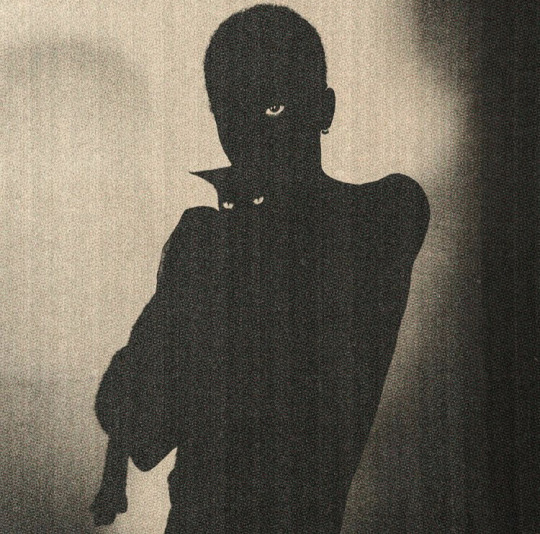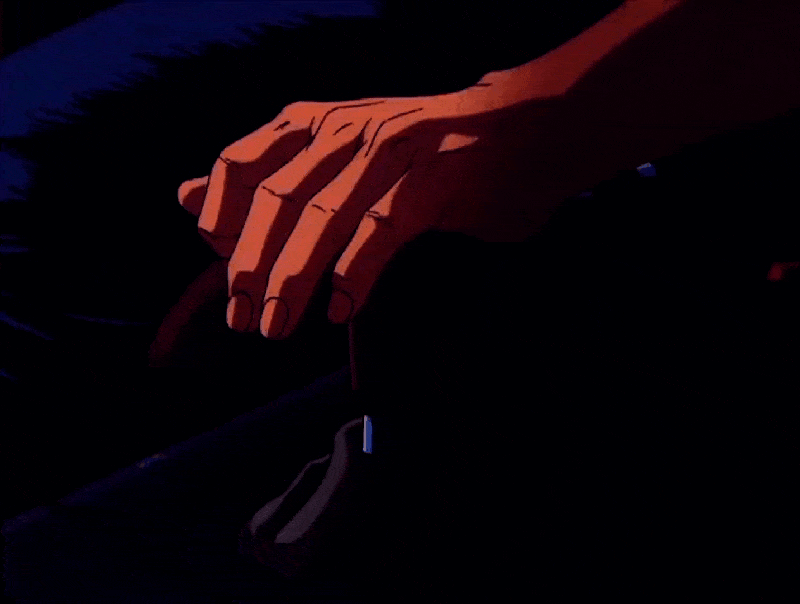Text

Maya Angelou by Jos Sances
American memoirist, poet, and civil rights activist
879 notes
·
View notes
Text

Queen of Sheba by Paul Collins
The Queen of Sheba is a historical and legendary figure mentioned in the Bible, known for her visit to King Solomon to test his wisdom with riddles.
810 notes
·
View notes














